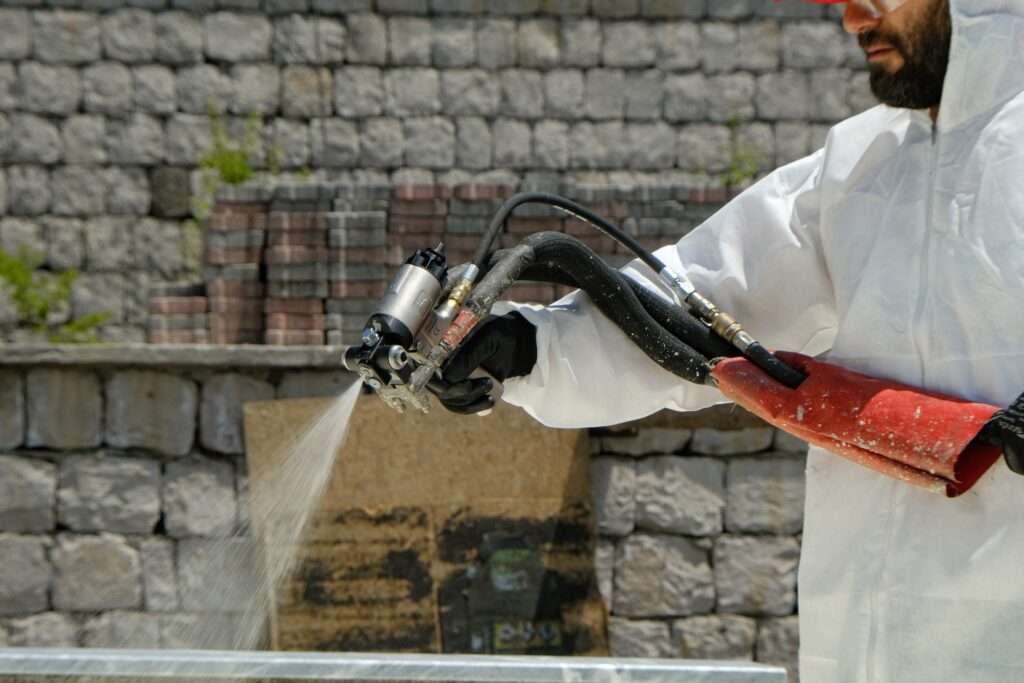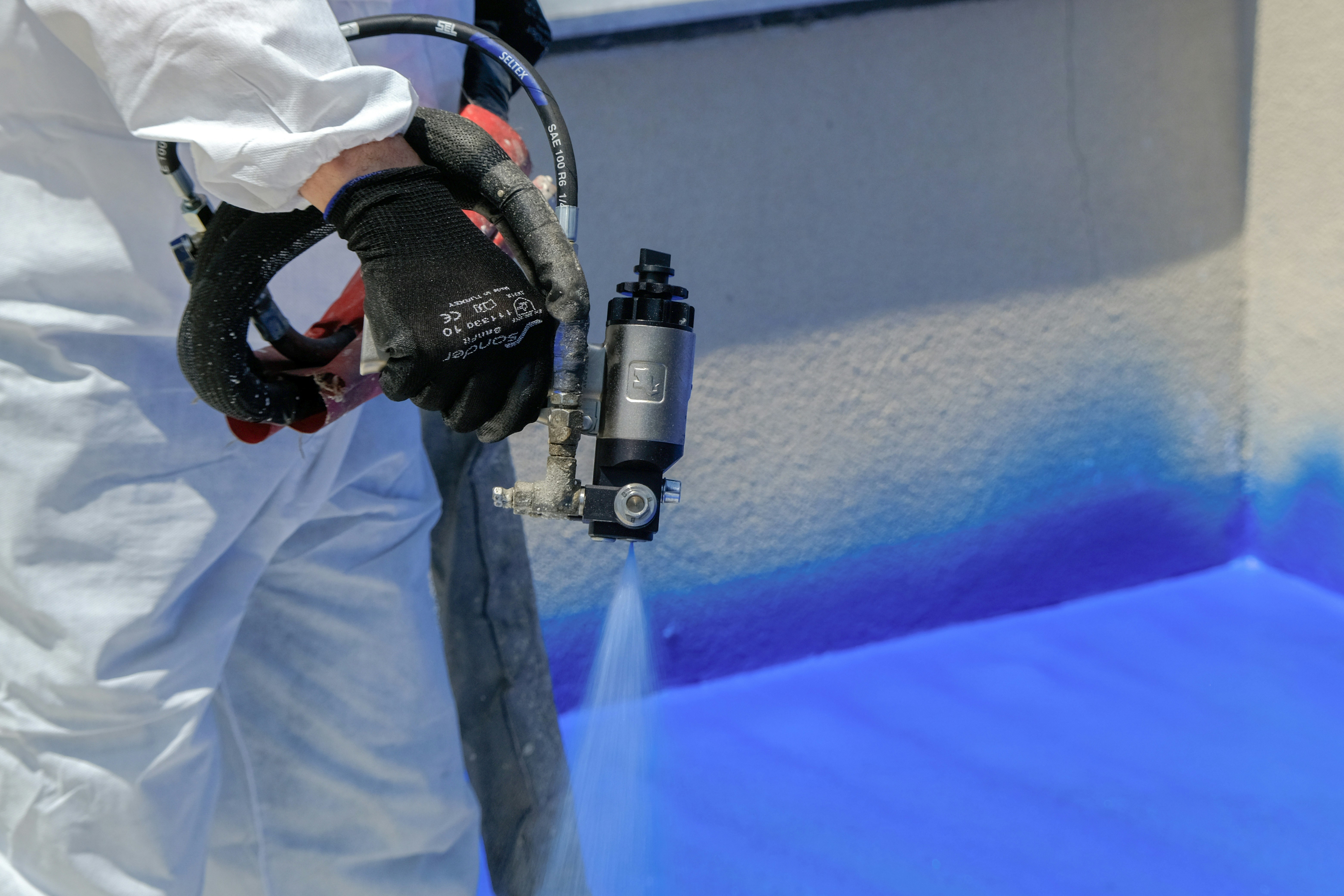In the realm of off-grid living, one key consideration often revolves around the insulation of shipping containers. The question is simple, yet complex: should one insulate the inside or the outside of a shipping container? This article aims to provide clarity on this matter by examining the factors at play and the benefits and drawbacks associated with each approach. By gaining a comprehensive understanding of the subject, individuals can make informed choices that suit their specific needs and aspirations within the realm of off-grid living.
Climate Considerations
Shipping container modifications require careful consideration of the climate conditions in which they will be used. Factors such as temperature, humidity, and precipitation play a crucial role in determining the appropriate insulation strategies for the container. By analyzing these climate elements, one can make informed decisions to ensure optimal living or working conditions inside the container.
Temperature
The temperature inside a shipping container can vary greatly depending on external factors such as sunlight exposure, location, and season. In colder climates, insulation is essential to prevent heat loss and maintain a comfortable interior temperature. On the other hand, in hot and arid regions, insulation helps to keep the interior cooler by reducing the heat transfer from the outside.
Humidity
Humidity levels can significantly impact the comfort and structural integrity of a shipping container. High humidity levels can lead to condensation, which can cause mold and mildew growth within the container. Insulation plays a vital role in controlling humidity by reducing the temperature differential between the inside and outside surfaces of the container.
Precipitation
Areas with high precipitation levels pose unique challenges when insulating shipping containers. Rainwater, snow, and other forms of precipitation can potentially penetrate the container’s structure, leading to moisture-related issues. Adequate insulation, combined with proper moisture control measures, can prevent water infiltration and ensure the container’s longevity.
Container Modifications
Whether insulating the interior or exterior, container modifications are essential for achieving optimal insulation performance. The decision between interior and exterior insulation depends on various factors, including climate, intended use, cost, and personal preferences.

Interior Insulation
Pros of Interior Insulation
Insulating the interior of a shipping container offers several advantages. Firstly, it allows for a more straightforward installation process, as the modifications are contained within the existing structure. This method also provides an opportunity for utilizing the existing container walls as an aesthetic element, preserving the industrial charm of the container. Additionally, interior insulation helps maintain a consistent interior temperature by reducing thermal bridging.
Cons of Interior Insulation
While interior insulation has its benefits, it is not without limitations. One potential drawback is the reduction of interior space, as insulation materials take up valuable room. Moreover, interior insulation may not effectively prevent moisture intrusion, especially if the container has pre-existing leaks or if proper moisture control measures are not implemented.
Materials for Interior Insulation
When considering interior insulation, one must select suitable materials that meet the specific insulation requirements. Common options include fiberglass batts, spray foam, and rigid foam boards. Fiberglass batts offer insulation and soundproofing properties, while spray foam provides excellent air sealing capabilities. Rigid foam boards are lightweight and easy to install, offering good thermal resistance.
Exterior Insulation
Pros of Exterior Insulation
Exterior insulation provides distinct advantages over interior insulation methods. By insulating the exterior of the container, one can maximize interior space, as insulation materials do not encroach on the usable area. This method also mitigates the risk of thermal bridging, as the insulation layer is added to the external surface, eliminating direct heat transfer paths. Exterior insulation also protects the container from weather elements and provides a more uniform temperature distribution within the structure.
Cons of Exterior Insulation
While exterior insulation offers several benefits, it is not without drawbacks. One major concern is the integration of the insulation layer with the container’s structure, which may require custom modifications and impact the container’s aesthetics. Additionally, exterior insulation may be susceptible to damage from external impacts or extreme weather conditions, necessitating regular maintenance and potential repairs.
Materials for Exterior Insulation
When choosing materials for external insulation, it is crucial to consider their durability and compatibility with the container’s structure. Common options for exterior insulation include expanded polystyrene (EPS) panels, mineral wool, and sprayed polyurethane foam. EPS panels are lightweight and provide good insulation properties, while mineral wool offers excellent fire resistance. Sprayed polyurethane foam offers superior thermal performance and acts as a protective barrier against weather elements.
Moisture Control
Moisture control is a vital aspect of shipping container insulation, as moisture infiltration can lead to various issues such as mold growth, rot, and structural degradation. Two key components of moisture control in container modifications are vapor barriers and ventilation.
Vapor Barrier
A vapor barrier is an essential element in preventing the movement of moisture from the exterior to the interior of the container. It acts as a barrier to moisture vapor diffusion, reducing the risk of condensation and humidity-related problems. Vapor barriers can be installed on either the interior or exterior surface of the container, depending on the insulation method chosen.
Ventilation
Proper ventilation is necessary to maintain healthy indoor air quality and prevent moisture accumulation. Ventilation systems allow for the exchange of air, removing excess humidity and preventing the buildup of stagnant air. Incorporating ventilation openings, such as windows or vents, helps regulate airflow and minimize the risk of moisture-related issues.
Energy Efficiency
In addition to insulation and moisture control, energy efficiency is a crucial consideration in shipping container modifications. Enhancing heating and cooling efficiency and preventing air leakage can significantly impact energy consumption and overall comfort within the container.
Heating and Cooling Efficiency
Insulation directly affects the heating and cooling efficiency of a shipping container. Adequate insulation reduces heat transfer, minimizing the reliance on heating systems in colder climates and reducing the workload of cooling systems in warmer regions. By optimizing insulation levels based on climate conditions, energy consumption for climate control purposes can be significantly reduced.
Air Leakage Prevention
Air leakage undermines the effectiveness of insulation and can lead to energy loss. Proper sealing measures, such as caulking and weatherstripping, are essential to prevent air leakage through gaps, cracks, or joints in the container’s structure. In addition to improving energy efficiency, minimizing air leakage also enhances occupant comfort by maintaining a consistent interior temperature.
Structural Integrity
Shipping container modifications can impact the structural integrity of the container, making it crucial to consider the implications of insulation on the structure itself. Assessing the potential impact and identifying potential weaknesses are necessary steps to ensure the container remains structurally sound.

Impact on Structure
Adding insulation to the interior or exterior of a shipping container can increase its weight and alter its load distribution. It is essential to evaluate the container’s load-bearing capacity and consider any additional structural reinforcements, such as beams and columns, to accommodate the added weight. Failure to address these structural requirements can compromise the container’s integrity and lead to safety risks.
Potential Weaknesses
Insulation modifications, particularly those involving cutting openings for windows or vents, can weaken the structural integrity of the container. These openings may require additional structural support, such as framing or reinforcing, to maintain the container’s strength. Early identification of potential weaknesses allows for appropriate reinforcement measures to be implemented, ensuring the structural integrity is preserved.
Cost Considerations
The cost of shipping container modifications is an important factor to consider before undertaking any insulation project. Determining the installation and maintenance costs associated with interior and exterior insulation methods helps assess the financial feasibility of the project.
Installation Costs
The installation costs for interior insulation are generally lower compared to exterior insulation. Interior insulation typically involves simpler modifications and does not require extensive structural modifications. Conversely, exterior insulation may require custom modifications, additional materials, and labor, resulting in higher installation costs.
Maintenance Costs
Maintenance costs should also be considered when evaluating insulation options for shipping containers. Exterior insulation may require periodic inspections and repairs due to its exposure to external elements. Interior insulation, on the other hand, may need maintenance primarily for moisture control measures, such as checking the integrity of vapor barriers and ensuring adequate ventilation.
Aesthetic Factors
Beyond the technical aspects, aesthetic factors play a role in container modifications. Both interior design and exterior appearance contribute to the overall visual appeal and functionality of the container.
Interior Design
Insulating the interior of a shipping container offers opportunities for creative interior design. The exposed container walls can be incorporated into the design concept, showcasing a unique industrial aesthetic. Additionally, interior insulation materials can be concealed through various finishes, such as drywall, wood paneling, or decorative cladding, allowing for customization and personalization of the interior space.
Exterior Appearance
Insulating the exterior of a shipping container can impact its visual appeal. The choice of insulation materials, finishes, and colors can either complement or contrast with the container’s existing exterior. Properly executed exterior insulation can enhance the container’s appearance, seamlessly integrating it with the surrounding environment or the desired design theme.
Regulations and Permits
Compliance with local building codes and obtaining necessary permits are critical steps in shipping container modifications. Each jurisdiction may have specific requirements and regulations to ensure the safety and legality of modified containers.
Local Building Codes
Local building codes dictate the minimum standards and regulations that must be followed when modifying shipping containers. These codes cover various aspects, including insulation, ventilation, structural integrity, and fire safety. It is essential to consult the local building authority or a qualified professional to ensure compliance with the applicable codes.
Permitting Process
In many jurisdictions, obtaining permits for shipping container modifications is mandatory. The permitting process typically involves submitting detailed plans and specifications for review and approval. The scope of the modifications, including insulation methods, may impact the permit approval process. Engaging with the local building department at the early stages of the project helps clarify the specific requirements and streamline the permitting process.
In conclusion, insulating shipping containers involves careful consideration of climate conditions, container modifications, moisture control, energy efficiency, structural integrity, cost considerations, aesthetic factors, and compliance with regulations and permits. Depending on the specific requirements and preferences, both interior and exterior insulation methods offer distinct advantages and disadvantages. It is imperative to evaluate these factors comprehensively before embarking on shipping container modifications to create a comfortable, sustainable, and functional space.





